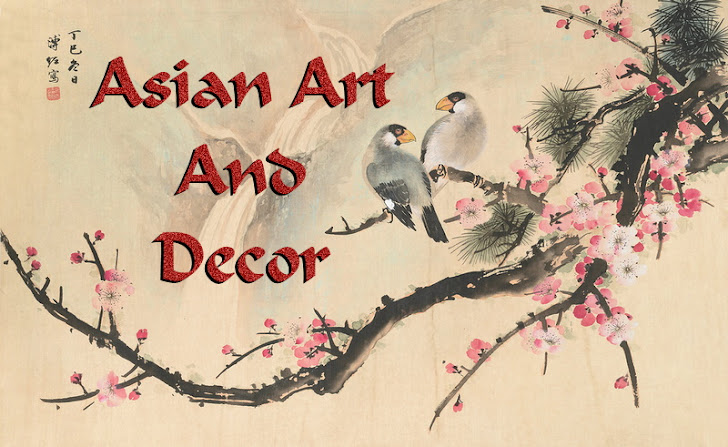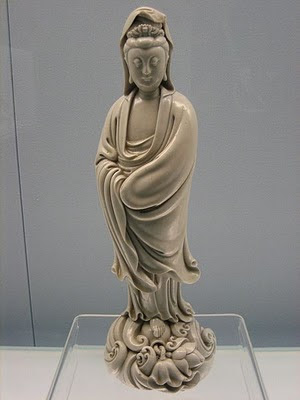Bronze is an alloy that goes back at least to the 4th millennium B.C. Bronze artifacts have been found in what is now known as Iran and Iraq. It was one of the most innovative and important alloys ever created by humans. It is much harder than pure copper or stone, and for this reason bronze was used to make many different kind of tools, weapons, other kinds of implements, armor, decorative tiles and statues.
The two main metals that comprise bronze are copper and tin. As these two metals are not commonly found in the same areas, historians think that when the alloy became more widely known and in demand, that this led to increased trade in the ancient world. Most bronze is 88 percent copper and 12 percent tin. Bronze is still used to make many items today. As it does not generate sparks when struck against a hard surface, it is used to make mallets, hammers, wrenches and other tools used in high explosive areas and areas with flammable vapors. It is also used for springs and all types of bearings, especially bearings for use in small electric motors.
One of the most common uses of the alloy in ancient and modern times is the casting of statues. Highly detailed molds can be used because bronze has some unique characteristics. It expands slightly before it completely sets, thus filling all the finely detailed areas of a mold. Bronze also shrinks slightly when it is completely set, thus making it very easy to remove from molds.
The progression of human learning has created many new things to replace the old. While bronze is not so extensively used as it was in ancient times, there is no modern replacement for it. It is still the best material for certain uses. It is truly an ancient and modern alloy.










